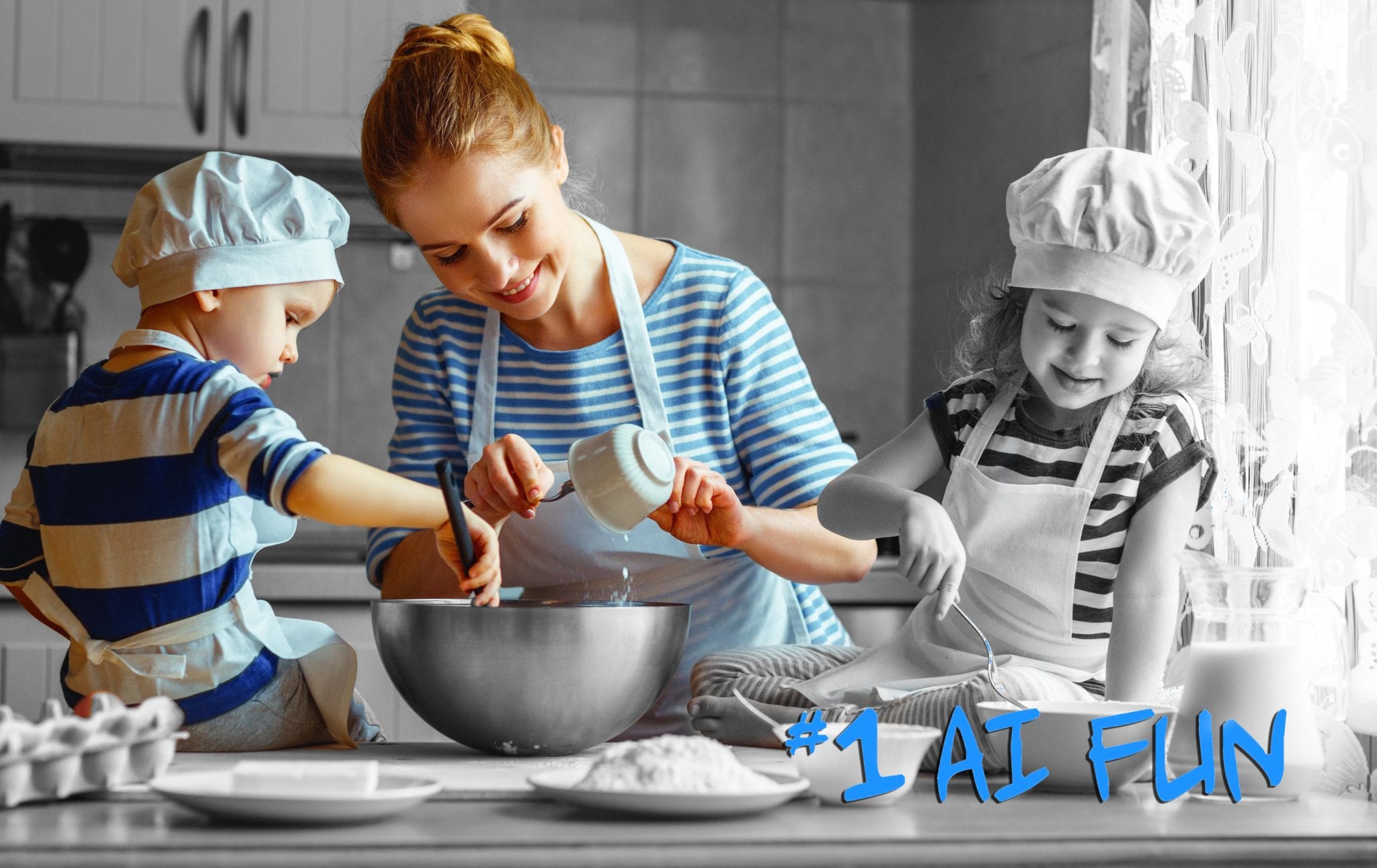3 Technologies to Make Your Home and Kids Smarter
3 Technologies to Make Your Home and Kids Smarter
“No more iPad!” yelled by every parent, everywhere in the world. The technology, in itself, isn’t bad for our kids or for us. Rather, it’s often the way we use it inside our homes that can become problematic.
There will always be “moments” where you hand over your phone or tablet to your child because mommy/daddy needs some “me time.” Make these moments of relying on screens to babysit our kids the exception, rather than the norm. It will also lessen the “screen guilt” syndrome that parents often experience. While the peace and quiet is nice, parents often feel guilty when their kids turn into “zombies” after excessive screen time. Or, a child or teenager will throw a tantrum when you try to remove said device from their clutches.
There has to be a better way. So, to kick this year off, I experimented with a few technologies and incorporated them at home with my kids. We called it Operation Smarter Home.
Through much trial and error, here are the three technological wonders that have helped improve my relationship with my daughters. While every household differs, and there are many more choices than the ones listed below, my hope is that this will help put the smart back into your home, too.
1. Fun with Questions: AI Style

As any parent knows, kids can be relentless questioners. “Why, why, why …” While this curiosity is important for their development, at times it can be tortuous and usually ends with, “Because I said so, stop asking so many questions!” Nobody wins in these scenarios, trust me, I’ve been there.
I found a great way to turn these interrogations into collective fun is by using artificial intelligence. Also, let’s be frank, I didn’t know the answers to many of my kindergartner’s questions.
Artificial Intelligence (AI) sounds complex, but there are numerous devices utilizing AI you are already familiar with: Amazon Echo (Alexa), Apple HomePod, Google Home Mini, and many others.
When a question comes up in our household we simply ask our device:
- “How many red stripes are on the American flag?”
- “How old is Dumbledore?”
- “Why is the sky blue?”
The key is to ask the questions together, as a family. While your particular device might not have all the answers, it sometimes provides hilarious and memorable moments for the family. Most importantly, you and your children will be learning together, often while still getting your chores done around the house.
You can have fun with quizzes as well. Some of our favorites have been world capitals, Jeopardy, kids trivia, and Harry Potter trivia. Our five-year-old enjoys kids trivia games while we make pancakes together. Did you know that dogs suffer from narcolepsy too?
In the end, a kids’ curiosity should be celebrated and explored and it is a great reminder for us adults to continue to be curious about the world around us too.
2. Smart Beds: Sleep Smarter

Being well-rested always makes me a better parent; better at everything actually. Your kids being well-rested will also make parenting easier. “Wow, he’s pretty cranky. He had waaay too much sleep last night,” said no parent, ever.
While we shouldn’t use technology while in our bed, we should have technology in our bed. Yes, a smart bed. Smart beds, among many benefits, help track your sleep patterns to optimize them over time. My bed of choice is the Sleep Number 360. It has helped me so much that I thought my kids would benefit from smart beds as well, and they are. They get their best night’s rest on the Sleep Number k2 bed.
It also helps me track their sleep patterns so they are optimally rested. An unforeseen benefit is when I travel, I feel better connected with them as I can see when they are going to bed and getting up in the middle of the night. They also have fun adjusting their Sleep Number® settings (firmness of the bed) to get it to their desired “unicorn rainbow lollipop state.”
3. Learning Apps

You can use any learning app or website of your choice: ABC Mouse, edx.org, Khan Academy, Tiny Cards, and many more.
The key is picking one where both you and your child can learn together. For example, my kids and I use Duolingo to learn Spanish together. While we still use physical Spanish flashcards, cook Spanish dishes, and listen to Spanish music, using this app is also good family learning time. Best of all, Duolingo, along with most of the apps/websites I mentioned, are FREE.
My hope is that by making your home smarter it will also create more opportunities for family time. After all, isn’t that what life is all about?






